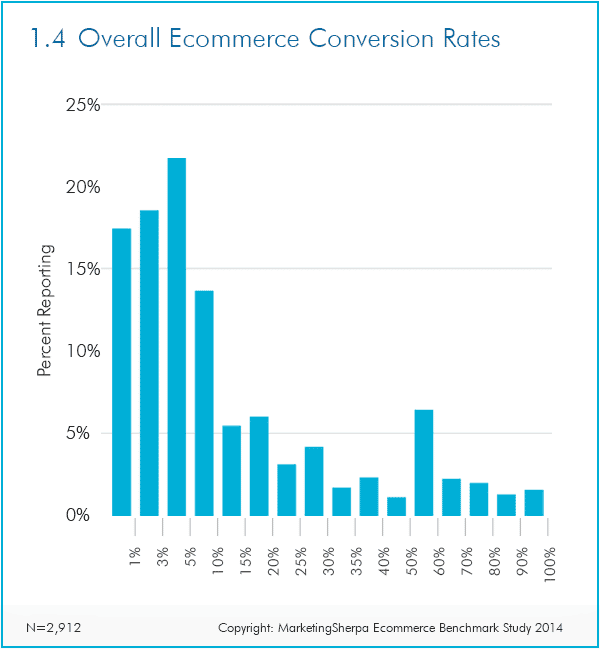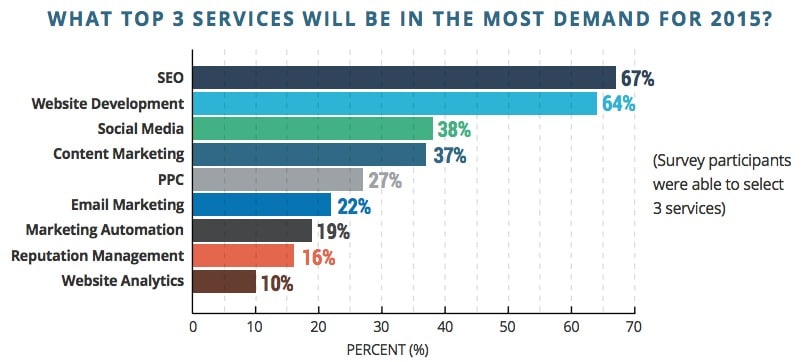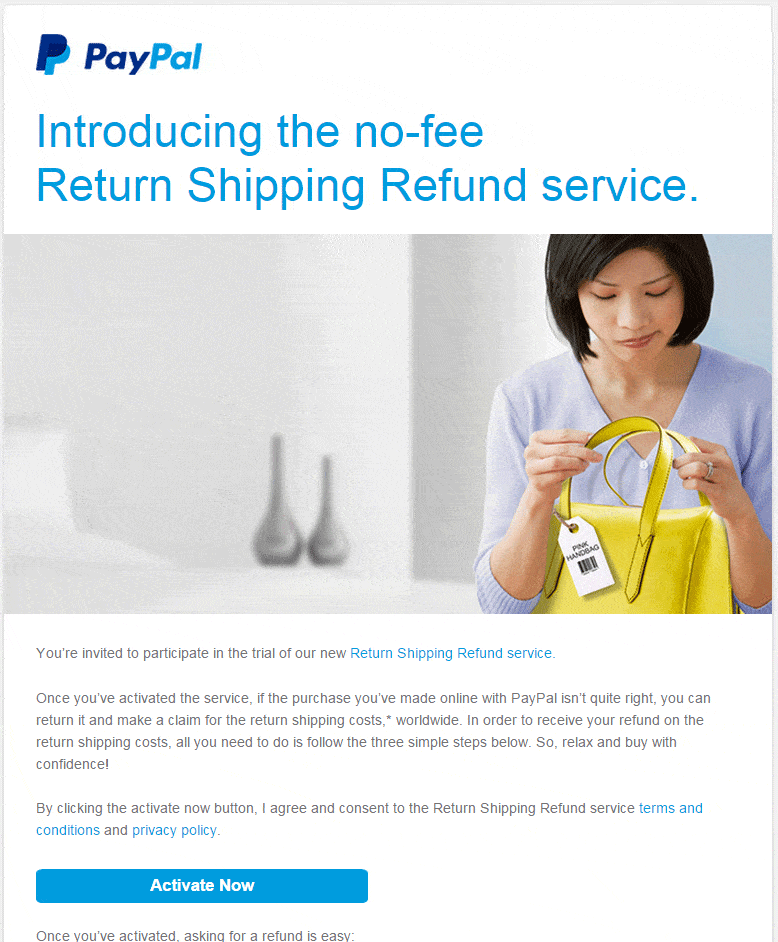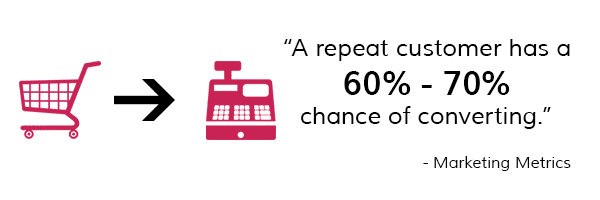As we have gone through each post so far in this blog series, including Part 1 – Creating Awareness, Part 2 – Building Interest, Part 3 – Coaxing Desire, it’s clear that every step in optimizing your conversion funnel, and thereby optimizing conversion rates, is critical. Remove any one step and those that come before it are futile, and those that follow can’t happen.
But getting your prospects to take action is where all your funnel optimization pays off. And that’s perhaps what makes it the most important – and frustrating – step in the funnel. All that potential built up throughout the funnel produces, on average, only single-digit conversion rates.
The Story So Far
Throughout this series we have used the AIDA (Awareness, Interest, Desire, Action) conversion funnel as a model to show that you must optimize your entire funnel to optimize conversion rates.
- Your conversion funnel is a seamless process with each stage blending into the next – you must start at the Awareness stage to improve rates at the Action stage.
- Creating awareness isn’t just about numbers of visitors, “likes” and followers.
- Content, delivered in the right context for your market segments, is king when it comes to building interest in your offer.
- Interested prospects have an existing, emotion-driven desire for your product that you must coax from them.
Why Don’t Online Shoppers Take Action?
While there are no definitive overall numbers for offline and online conversion rates, our research shows that, on average, offline rates are in the order of 400% or 500% higher than online rates.
We can discuss a multitude of reasons for the huge difference, but there is one overriding symptom of how we market and sell online that continues to plague and minimize conversion rates: we do not prioritize conversions.
The proof isn’t difficult to find. According to the Adobe Digital Index’s 2015 Digital Marketing Survey, of the 81% of marketers who do not “make specific plans to mature” their digital marketing:
- Only 22% of marketers are increasing their optimization budgets
- Only 15% use A/B testing and fewer than 5% use multivariate testing – both of which are staple tactics to improve conversion optimization
- Over 25% are increasing their mobile, content and social media marketing
In a Hubshout survey to find the most “in demand” digital marketing services for 2015, “conversion optimization” didn’t rank in the top ten and “website analytics”, another basic tool to improve conversion rates, is the eighth highest ranked service, mentioned by only 10% of the survey’s respondents.
How to Optimize the Action Stage of your Conversion Funnel
Considering the statistics above outlining the dearth of attention paid to conversion optimization, the first step is clear;
1. Prioritize Conversions
If less than 5% of your web visitors take your call-to-action, and a relatively small part of your marketing budget is specifically devoted to correcting that, then you need to take control of the situation.
- Add structure to to your approach. Create a specific conversion rate optimization plan, set goals and analyze results. Conversion optimization is an ongoing process, not simply an “is it up or down?” number on a report.
- Give someone the responsibility of improving conversion rates.
- If your digital marketing is in-house, give one of the team incentives to produce higher rates.
- If you use an agency, make sure they don’t over-emphasize traffic numbers to prove the value of their service. Make conversion statistics and analysis at least as large a part of their reporting as traffic and ranking.
- Always be testing. A/B and multivariate testing that is.
2. Focus on Conversions Well Before the Call-to-Action
We’ve talked before about the importance of shipping options for ecommerce customers. The lack of them is the number one reason for shopping cart abandonment.
Adobe CMO found that, while 83% of shoppers are generally satisfied with ecommerce sites, the numbers quickly drop below 50% when consumers find there’s a question of choosing delivery dates, delivery times, flexibility in re-routeing packages and green shipping options.
If your customers have an overriding concern, like shipping options, start addressing that concern ASAP in your funnel, like Paypal does in their email marketing.
Lead generation and B2B sites can start improving conversions in the Interest stage of the funnel by segmenting their markets, developing personas and creating contextual content for them all.
3. Build Trust
As we mentioned previously, on-street shoppers are more prepared to buy when they walk into a store than online shoppers who land on an ecommerce site. Street-shoppers wouldn’t take the time to visit a store if they hadn’t already developed a certain level of trust in doing business there.
It’s not as easy online to conquer the fears, uncertainties and doubts (FUDs) that stand between you and the customer’s trust. You can build trust in a number of ways, from showing social proof and client testimonials, to outlining your privacy policy and assuring security of information. Every step you take to instill trust increases the likelihood of conversion.
4. Use Action Triggers
If you look at the entire process of converting a customer, from awareness to action, you are really guiding them along a path to conversion. Every step they take is the result of something they learned that encouraged them to take that step.
But, regardless of how successful you are at getting the customer to take all the steps that lead to the end of the path, there’s no guarantee that they will take the final step: take action.
Action triggers are the final boost your customers need to take your call-to-action. Among others, action triggers can include:
- Create a sense of urgency. Customers will take action now if they see the benefit of doing so now – like taking advantage of a limited-time offer.
- Use benefit-driven copy on call-to-action buttons, like “Get Your Free Newsletter” instead of “Subscribe”
- Be specific about what the customer gets from clicking on your call to action. Instead of simply “Learn More”, try “Learn More About Calls-to-Action”
5. Market to Existing Customers
There exists a segment of your market who, if all the studies are to be believed, will boost your conversion rates to extraordinary heights. But few digital marketers make that segment a priority.
A 1875% Improvement in Ecommerce Conversion Rates: Let’s just look at some numbers that tell the tale of how marketing to your already-converted customers can literally spike your conversion rates:
- 13% – The highest conversion rate we found for Amazon’s regular shoppers
- 74% – The conversion rate of Amazon Prime members
- 569% – The increase in conversion rates between regular Amazon shoppers and Prime members
- 3.2% – Overall ecommerce conversion rate (marketingsherpa.com)
- 60% – Average conversion rates for return ecommerce customers (Marketing Metrics via sweettoothrewards.com)
- 1875% – The increase in conversion rates between the overall ecommerce conversion rate and the conversion rate for repeat ecommerce customers
Time for you to take action. While your existing customers are a small fraction of your overall markets, the numbers above prove that they deserve more attention than the vast majority of digital marketers give them.
In Closing…
Despite the fact that we have discussed conversion funnel optimization through four blog posts in this series, we have barely scratched the surface. If you take away nothing else, hopefully at least these points will stick:
- Conversion rate optimization must be the focus of your entire sales funnel
- Market segmentation and context are key to optimizing every stage of your funnel
- Your existing customers are gold








